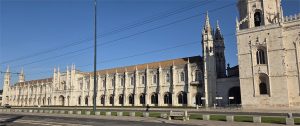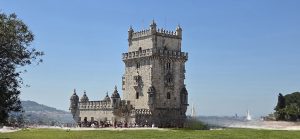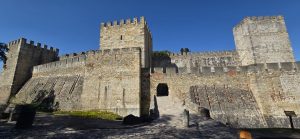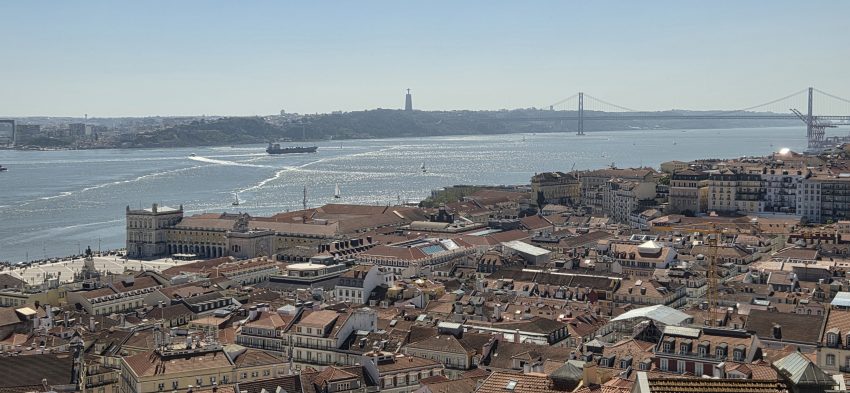 “God wills, man dreams, the work is born.” -Fernando Pessoa
“God wills, man dreams, the work is born.” -Fernando Pessoa
Pessoa is recognized as one of Portugal’s most influential poets. The line above is often quoted as having been inspired by the long and storied history of the country as it lead the way to the discovery of the rest of the world, a fact that is still of immense pride to the Portuguese people.
After a day of exploring this great city we came to a few conclusions; the food is incredible, the city is clean, safe and friendly, with amazing open spaces, parks and paths, and the people are outgoing and proud of their culture and heritage. It deserves so much more than a day.
We started in Belem which was a taxi ride from our hotel since it is located far from the centre of the old town. We toured the Jeronimos Monastery with our excellent guide Rafael (The Jeronimos Tour). Although this is usually a small group we were the only clients so we had a personalized tour. Rafael had a tremendous amount of knowledge about the Monastery and Chapel. We also had toured the cloisters, an amazing mix of architectural styles.

Started in 1501 it is the former home of the Order of Saint Jerome. Constructed in the Portuguese Gothic Manueline Style (named for King Manuel I), it was finished 100 years later. The Church of Santa Maria is located to the east. The church and the monastery, like the nearby Tower of Belem, symbolize the Portuguese Age of Discovery and in 1983, was formally designated by UNESCO. It is a must see for anyone touring Lisbon.

The Tower of Belem is a short walk along the riverfront. The Monument to the Discoveries is directly in front of the Monastery, also along the riverfront. The lush green space in between is a great spot for people watching. It was also the first really warm day for us to enjoy since abandoning the Canadian winter. I would have been happy sitting on a bench soaking up the sun all day if there had not been so much more to see.

If time permits get in line at Casa Pasteis de Belem. This is the birthplace of the scrumptious custard tarts (pastel de nata) known world wide. They are available just about anywhere in the city but at their peak warm from the oven.
From there we returned to the Old Town to visit Castelo De Sao Jorge (St. George Castle). Located high on a hill overlooking the city it offers some of the best views. There are guided tours available for free which will take you into the archaeological area. You can also walk the ramparts as you explore the ruins. Lastly don’t forget to check out the gift shop on your way out.

Most of the Old Town of Portugal was ravaged by an earthquake in 1755. As a result part of the city has been rebuilt on a grid pattern with the older narrow winding lanes in the outlying areas. The most fascinating aspect of this is the use of coloured stones laid in geometric patterns making each street a work of art.
 The list of things we didn’t do is much longer than what we did; a Tram ride, the Gulbenkian Museum, Lisbon Cathedral, Praca do Comerico (Commerce Park) with its statue of Jose I and so much more. It is why a return trip to this capital city is back on our bucket list.
The list of things we didn’t do is much longer than what we did; a Tram ride, the Gulbenkian Museum, Lisbon Cathedral, Praca do Comerico (Commerce Park) with its statue of Jose I and so much more. It is why a return trip to this capital city is back on our bucket list.
